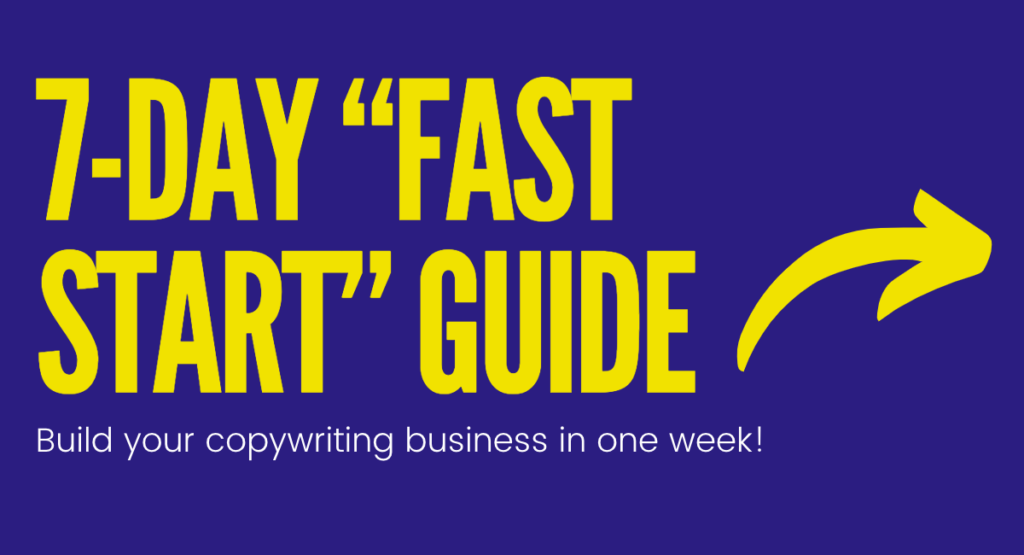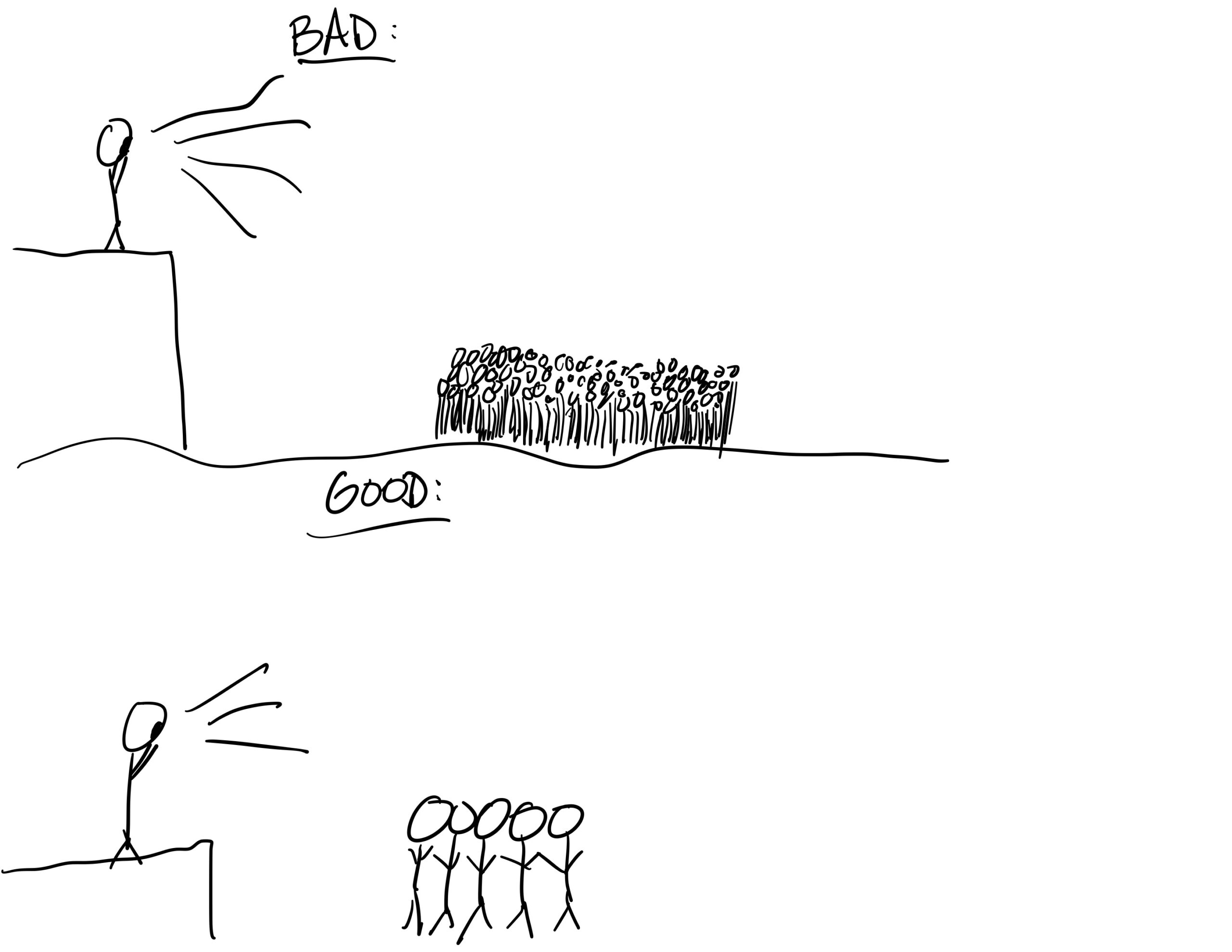In the summer of 2014, I built a solid oak bookcase for my son… even though I had never built anything before.
I didn’t take shop class in high school.
I didn’t have a handy father.
But I thought, I have the directions, I can do this!
What ensued was multiple weeks of me out in the garage, struggling to figure out what I was doing wrong.
I was following the instructions.
I had the minimum tools needed.
Why wouldn’t anything line up?
Things got so bad that I actually had to throw out all the wood I purchased and buy a second round from the store.
(Keep in mind that, even then, oak was an expensive wood. I spent $200 just on materials. Twice.)
My second attempt was marginally better than the first.
My cuts were a little straighter. The shelves were mostly square.
But I did the damage already. I spent hundreds of dollars more than I budgeted for the project.
It wasn’t because the instructions were unclear.
It wasn’t because I was bad at it.
It’s because I had never done it before – and I didn’t know what I was doing.
I was eager and overconfident. I figured I could follow directions and leap right to building a bookcase from scratch.
Any idiot could read that story and think: “Duh!”
Before building a bookcase, you have to know how to:
- Make straight cuts
- Make square cuts
- Build flush joints
And that’s just the start.
Eventually, I learned woodworking. But it was a painful experience to get there.
As I work with other writers, I see this painful experience pop up over and over again.
“I sent 2000 emails and I don’t have any clients…”
Scientists used calculators to send people to space. But they had to understand the math powering the calculator first. – Justin Scott (paraphrased)
Whenever I talk about sending cold emails on Twitter, I get some dork who hits me with the tired argument:
“Or YoU cOuLd UsE [email app] aNd Be So MuCh MoRe EfFiCiEnT!”
Now, I’m not against efficiency.
Cold outreach is a numbers game. I will say that time and time again.
But…
Scaling up has become affordable. And it’s ruining people’s chances for success before they even get started.
I work personally with copywriters who are building their businesses. I beg them to reach out if they are struggling so that I can help them work through their problems.
Every month, at least one writer will come to me with some variation of the following story:
- Them: “I followed all your tips, set up my cold email template, and I’ve been sending tons of emails. But I’m not getting any business!”
- Me: “How many emails have you sent?”
- Them: “I’ve sent 2000 emails in the last month.”
- Me: 😳
I have them send me their cold email template.
After looking it over, I point out 2-3 different things that may be hurting their chances.
Problem is: they shouldn’t have waited until they sent 2000 emails!
I understand the logic. If cold outreach is a numbers game, then sending more emails will increase your chances of getting clients.
So if there’s an app that lets you send 400 emails per day, that’s going to get better results than sending 25 emails per day manually, right?
The Two-Pronged Problem with Scaling Up Cold Emailing
These writers hit two brick walls that they now have to overcome.
First, when you send that many emails, you tend to get flagged as a spammer and you lose access to your email account.
If that’s your Gmail account, then you’ve lost access to your Drive backups, your Photos, and more.
There are ways to recover from that.
More importantly, you’ve now blown it with 2000 prospects right out of the gate.
In a list of 2000 companies, there’s at least a handful that would be willing to hire you.
Now you’ll never know.
That’s a huge bummer.
And you have to back off from cold emailing to build another list of prospects.
There’s a better way.
The Tedious, Boring, Frustrating, and Profitable Approach to Scaling Up Your Business Efforts
You’re going to hate this.
But it works.
In fact, it’s worked for me for 15 years.
Research what works for others.
We’re all good at this one. We follow dudes who preach cold outreach and have shared their cold email templates.
Some of you stop here though: copying what’s worked and pasting it in your own workflow.
Hang on.
Apply it in YOUR voice.
Don’t just copy and paste.
Break down what’s working for that person and put your own little spin on it. Understand the principles of what they’re doing.
Once that clicks, you’ll be much better at doing the thing.
Decide on a consistent schedule of execution.
This is a big one.
Your goal starting out is not to reach as many people as possible.
Your goal is to stay as consistent as possible.
So instead of trying to find an app that sends out hundreds of emails per day, consider manually sending out 25 emails per day.
It’s doable, so you don’t burn yourself out trying to do it ALL AT ONCE.
Determine a reasonable sample size.
Remember when I said you shouldn’t wait until you’ve sent 2000 emails to know whether your stuff works or not?
That’s because you have to determine a sample size.
For the uninitiated, a sample size is a base number of results you get before you draw a conclusion.
(In 2020, most people forgot what a “sample size” is before drawing conclusions.)
Doing cold outreach, you don’t want to quit after sending 25 emails. That’s too small.
You also don’t want to wait until you’ve sent 2000 emails either. Too big.
For me, the sweet spot is 200-300.
So let’s say you sent out 25 cold emails per weekday.
After two weeks, you’ll have sent 250 cold emails. Perfect.
Set an expected goal.
The goal is not the result, but the action that you are looking for.
If you’re doing cold email right, then your goal is not to get clients.
Your goal is to get warm, interested leads. Conversations. Calls. Portfolio requests.
If nobody’s interested, then you adjust your cold email template.
If you’re getting interest but not getting clients, that’s a break down in negotiations. A completely different problem.
Clarity in this step helps you analyze the results more accurately.
Scale up ONLY IF IT WORKS.
This is the big one.
You can scale up if you want.
I never really do because I find that 25 emails a day is great.
But I’ve used paid email apps to test out, and I can pull in over a dozen warm leads in a single week just from setting up the app.
(Easy to get when you’ve been doing this for 15 years.)
If you haven’t gotten the results you’re looking for, it’s time to tweak.
If it’s not working, change ONE variable and re-test using the steps above.
Again, this is basic scientific method stuff that most have forgotten.
You can’t test multiple variables at once.
Change ONE THING about your cold email before sending it out again to another 200-300:
- The headline
- The opening line
- The structure
- The length
- The call to action
You get the idea.
Pick one, change it, and run it again.
Keep repeating this process until you start getting results.
Your Assignment This Week:
Slow down.
Test.
Analyze.
Charging ahead without any measurable results is killing your chances of success.

Lay the groundwork for your copywriting business in just one week of work. In this free guide, I hand you all the basics to get you started fast. No catch – just the cheat sheet.

Want a profitable, sustainable copywriting career? Tap into my 15+ years of copywriting experience and build a $3,000-$10,000/month income.


